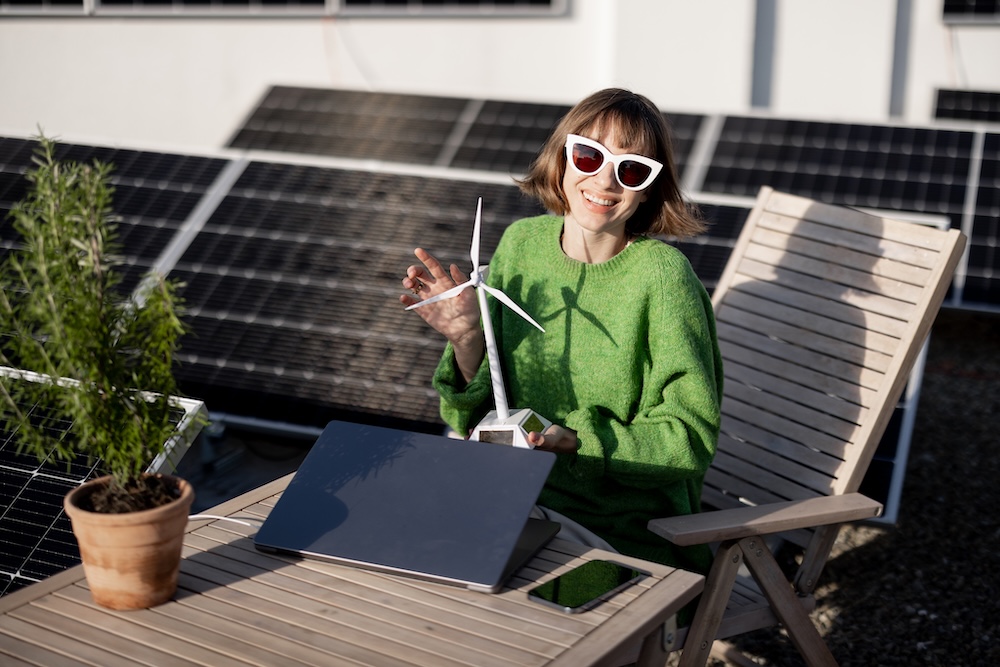Redefining Self-Sufficiency in a Modern World
The concept of independent living is often associated with off-grid cabins and solar panels—but it goes far beyond that. At its core, independent living is about reducing reliance on unsustainable systems and reclaiming control over how we consume, produce, and interact with the environment.
In this post, we’ll explore how independent living ties into sustainability—and what it truly takes to live in harmony with both community and nature.
What Is Independent Living?
Independent living means different things to different people:
- Producing your own food and energy
- Reducing dependence on corporations or public infrastructure
- Living in a way that supports long-term ecological balance
It can happen on a remote farm—or in an apartment in the city. The focus is on intentional choices that prioritize resilience and ethical resource use.
Key Principles of Sustainable Independent Living
1. Localized Energy Production
- Solar panels, wind turbines, or micro-hydro systems
- Battery banks and backup systems
- Energy-efficient design (passive heating, LED lighting)
2. Food Autonomy
- Home gardens and permaculture systems
- Community-supported agriculture (CSAs)
- Seasonal eating and food preservation
3. Water Conservation
- Rainwater harvesting and greywater reuse
- Composting toilets or low-flow fixtures
- Respecting natural water cycles and sources
4. Minimal Waste
- Reusing, repurposing, and buying less
- Composting food scraps and natural materials
- Avoiding products with plastic packaging or fast fashion
5. Resilient Shelter
- Natural or recycled building materials
- Tiny homes, Earthships, or modular cabins
- Off-grid heating and cooling options
6. Mindful Consumption
- Supporting ethical companies
- Buying secondhand or refurbished items
- Prioritizing quality over quantity
Urban Independent Living
You don’t need to move off-grid to live sustainably. In urban and suburban areas, you can:
- Grow herbs or veggies on a balcony
- Switch to green energy suppliers
- Join local tool-sharing libraries
- Install water-saving fixtures
- Build community resilience through skill sharing
Common Questions
Is independent living realistic for most people?
Some aspects—like growing all your food—might not be. But energy efficiency, conscious consumption, and waste reduction are achievable steps for many.
Is off-grid living the same as independent living?
Not necessarily. Off-grid often refers to utility disconnection, while independent living can mean broader self-sufficiency—even within grid-tied settings.
Is independent living expensive?
Startup costs can be high (solar, water systems), but long-term savings are significant—and some changes cost nothing.
What’s the hardest part?
Changing mindset. Independent living requires thoughtful planning, discipline, and a willingness to embrace slower, more intentional choices.
Final Thoughts
Independent living isn’t about cutting yourself off from the world—it’s about living differently in it. By embracing sustainability at the personal level, we strengthen our communities, reduce our environmental footprint, and create more freedom in how we live.
The path to sustainability doesn’t have to be perfect—it just has to be conscious. Independent living is one of the most empowering steps we can take toward that future.









Reader Interactions